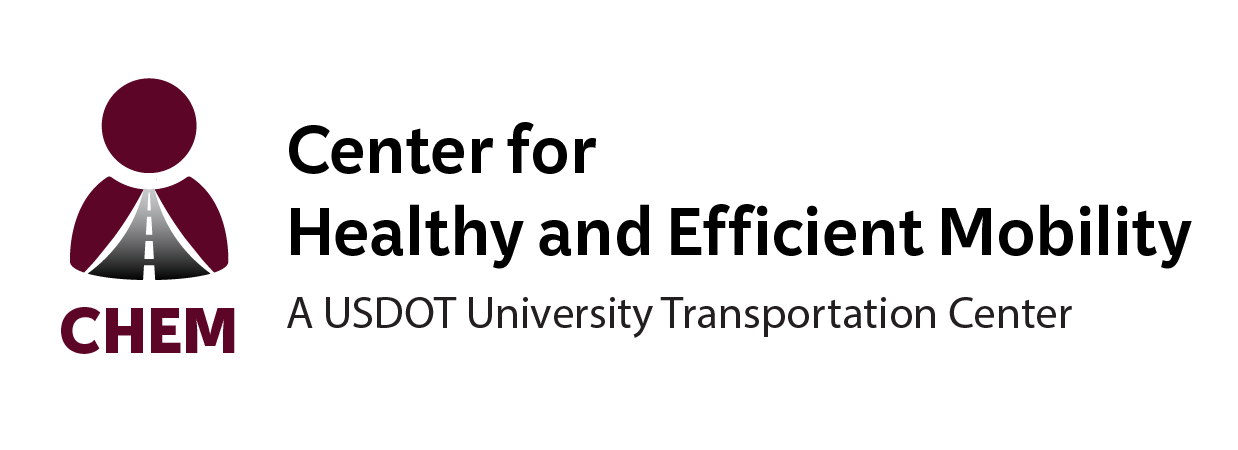How it Helps
Implementing
Effectiveness:
There are many factors that can determine the effectiveness of street cleaning programs, including the type of sweeper, particle size distribution, surrounding land use, the geographic location, and the frequency of sweeping.3 Street sweeper pollutant removal efficiency varies greatly by these factors. In addition, targeting street cleaning before and after major storms can improve water flow, reduce pollutants in runoff, and minimize flooding risks.
Cost Considerations:
The major cost considerations for a street cleaning program are equipment and staffing.4 Although innovations in sweeper technology can greatly improve performance and efficiency, the additional cost for these technologies can be a barrier for many municipalities. Proper maintenance is an additional expense for these programs, but this is a necessary expenditure to extend the lifetime of street sweepers and further improve efficiency.
Examples
1) Pearland, Texas Street Sweeping Service
Since 2007, Pearland, Texas has had its own street sweeper to meet the city’s stormwater permit requirements and provide environmental and traffic safety benefits. Unfortunately, due to its high costs and other equipment complications, in 2019 the city decided to contract out its street sweeping service.
https://www.pearlandtx.gov/Home/Components/News/News/4337/18
